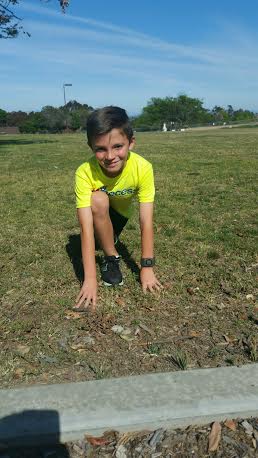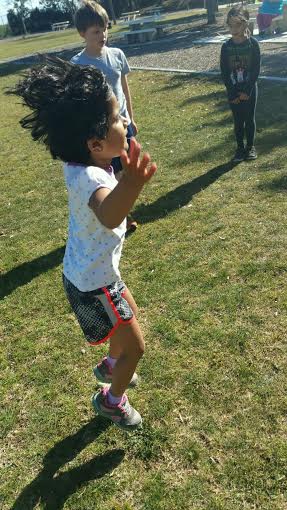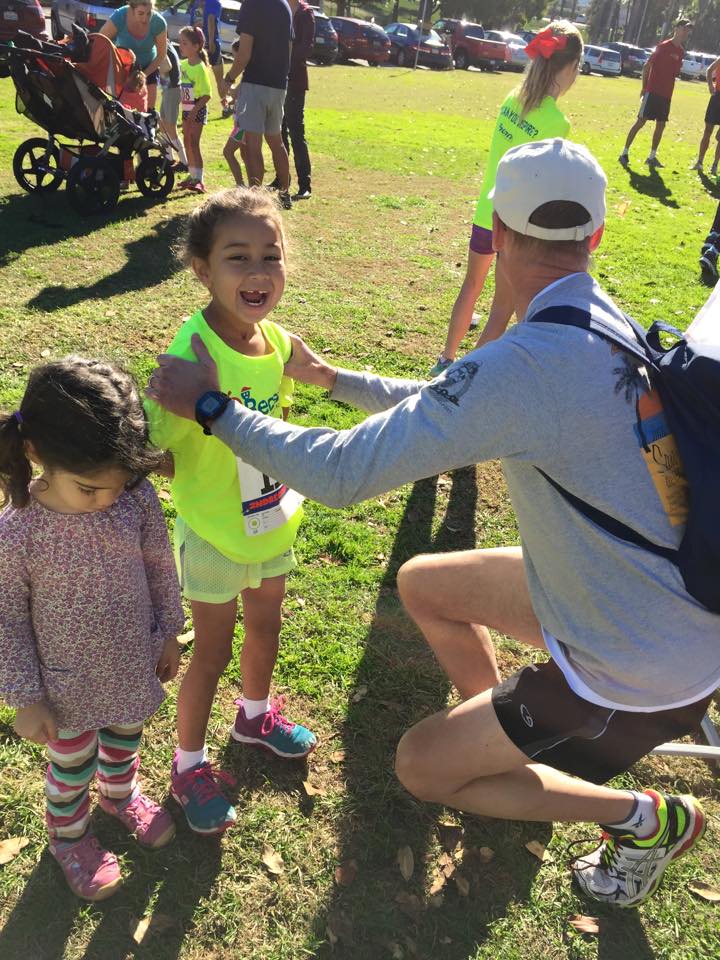|
Endorphins have been commonly termed “feel good” Chemicals. Omitted during physical activity, endorphins can assist in improving upon an individual’s well-being and overall state of mind. One Empirical study performed by Dr. Fox, a professor at the University of Bristol, suggests that physical activity has many benefits. These benefits include but are not limited to improved self-esteem, lowered anxiety, and decreased stress levels (Fox, 1999).
To further elaborate upon this point, I decided to ask one dedicated 2nd Recess participant, Ethan Hurt about the way in which regular exercise has assisted him in staying stress free and relaxed. Below is his response: “2nd Recess helps me to not be stressed because while I am here I am only thinking about running and having fun; When I am at 2nd Recess, I do not have to worry about anything else." Great Answer Ethan!! (: Listed below are a few simple tricks and tips for alleviating stress in your daily life. Socialize with positive people – on a daily basis; Ensure that you surround yourself with people who will lift you up instead of those who bring you down. Take time for you – Ensure that you set aside a small amount of time each day to breathe and reflect upon the positive aspects of your life Relax! – When times get tough and stress gets overwhelming take three deep breaths. This will allow you to refocus and reset in order to move forward. Exercise – Run, Walk, Jump, Skip – just get out and get moving! Releasing endorphins is a proven way to reduce stress and increase overall well-being Say positive affirmations – You are only as great as you believe you are. Take time to remind yourself of just how amazing you are. Select healthy food choices – Healthy food choices will keep you feeling energized. More energy allows you to be active and strong! References Fox, K. R. (1999). The influence of physical activity on mental well-being.Public health nutrition, 2(3a), 411-418.
0 Comments
The infamous question… Upon becoming a 2nd Recess Coach, I was thrilled to see the incorporation of cross training through activities such as “Circuits” and “Pick-Your-Poison”. However, it did not take long before questions began to arise.
“Hey Coach – Why are we doing pushups at running club?” “I do not need sit-ups to run fast!” Although these are seemingly logical questions as the children are not improving upon their strides while holding a “plank-position” it is important for every age to understand the benefits of cross-training for the improvement of their running and overall health and well-being. Before pursuing the benefits of Cross-Training it is important to understand what exactly this is: As defined by ACE (American Counsel of Exercise) – Cross Training involves an exercise regimen that utilizes several modes of training (sit-ups, push-ups, swimming) to develop additional components of fitness. Benefits include but are not limited to the following:
Resources: Matthews, J. (2009, September 2). What is cross training and why is it important? Retrieved May 5, 2016, from http://www.acefitness.org/acefit/healthy-living-article/60/36/what-is-cross-training-and-why-is-it/ Better health is as easy as 1, 2, zzzzzzzzzzzzzzzzzzzzzzz
Many adults look back at their childhood days, confused about how they could have ever fussed about laying down for a much needed night’s rest. With hectic schedules and multiple extracurricular and scholastic obligations, it is more important than ever for both parents and their children to ensure that they are receiving adequate sleep each night so that they may perform optimally mentally, emotionally, and physically. Sleep is connected directly to the hormonal response of the body. Therefore, inadequate sleep could lead to health issues and concerns such as obesity. Lack of sleep can also effect cognitive functions needed to perform adequately in school. So How Much Sleep is “Enough” Sleep? The answer is highly debated. The number of hours that each person needs in order to function optimally depends largely upon the age, gender, and activity level of the individual Therefore, instead of providing strict guidelines, I will provide some tools for getting the most out of your “good-night’s rest”
References:
We have heard it all before–overall health is a LIFESTYLE change.
The success of a complete lifestyle change can be drastically influenced by those around us. Therefore, one’s family can play a drastic role in the successful implementation of life-long healthy-habits and routines. Below are several ways that your family and friends can work together to ensure you are continuously working toward a better, healthier version of YOU! NBC News “Today’s Health” recently suggested several tips to become a healthy and happier family unit
There are just a few simple ways to keep your family active and healthy. Have fun and work with your family to develop a “Fit-Family” plan that works for you! References B. (2007, October 22). 4 Simple Steps to Make Your Family a Fit Family. Retrieved May 31, 2016, from http://www.today.com/id/21412486/ns/today-today_health/t/simple-steps-make-your-family-fit-family/#.V05C4_krLrc |
2nd recessInformation about health, fitness, and nutrition. Archives
April 2021
Subjects
All
|





 RSS Feed
RSS Feed